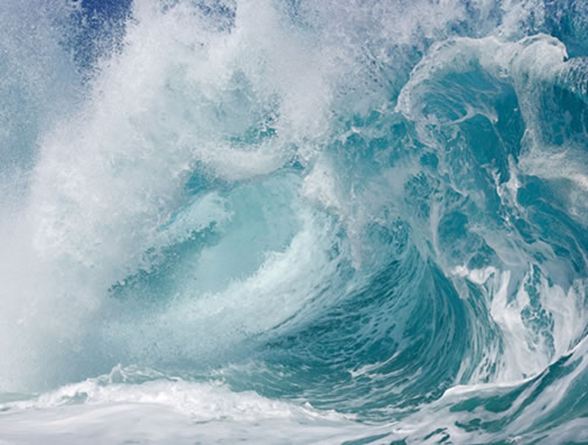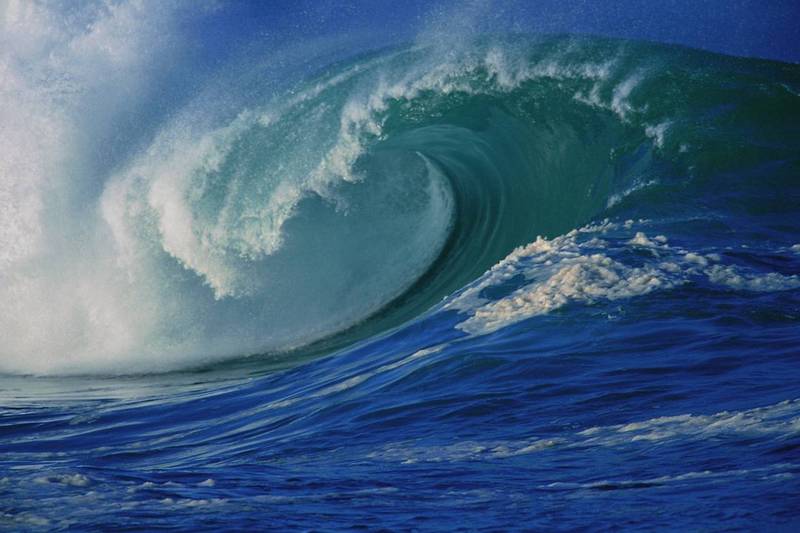Wave energy
Introduction
This is an energy resource that is accessed through waves in the sea and used to drive turbines that generate electricity. There has been an experimental wind farm that has been produced in Portugal in 2008.
How it is collected
They are collected in two main types and the first type directs waves into man-made channels, where the water is pushed through a turbine, subsequently generating electricity. The second type uses the up and down movement of a wave to push air. Due to the nature of wave energy, it is harnessed in coastal areas, close to the shore.
Advantages
The positives of using this type of energy are that it doesn’t have any effect on the wildlife, relatively quiet to operate and are non-polluting. Further benefits to this technology is the potential that this technology has regarding to how much energy it can be produce. The wave farm that is located in the North sea, off the coast of Scotland has the potential to produce enough energy to meet the power demands of Europe three times over, although this potential is not being fully utilised.
Disadvantages
The downsides of using this type of energy is that they can be an eyesore, and that wave heights vary in size, so there is not a consistent amount of energy produced. There is also the potential issue of noise pollution although this is dependent on the design of the wave farm, as this problem can easily be averted.
If you require consultancy services or further information please click here.




